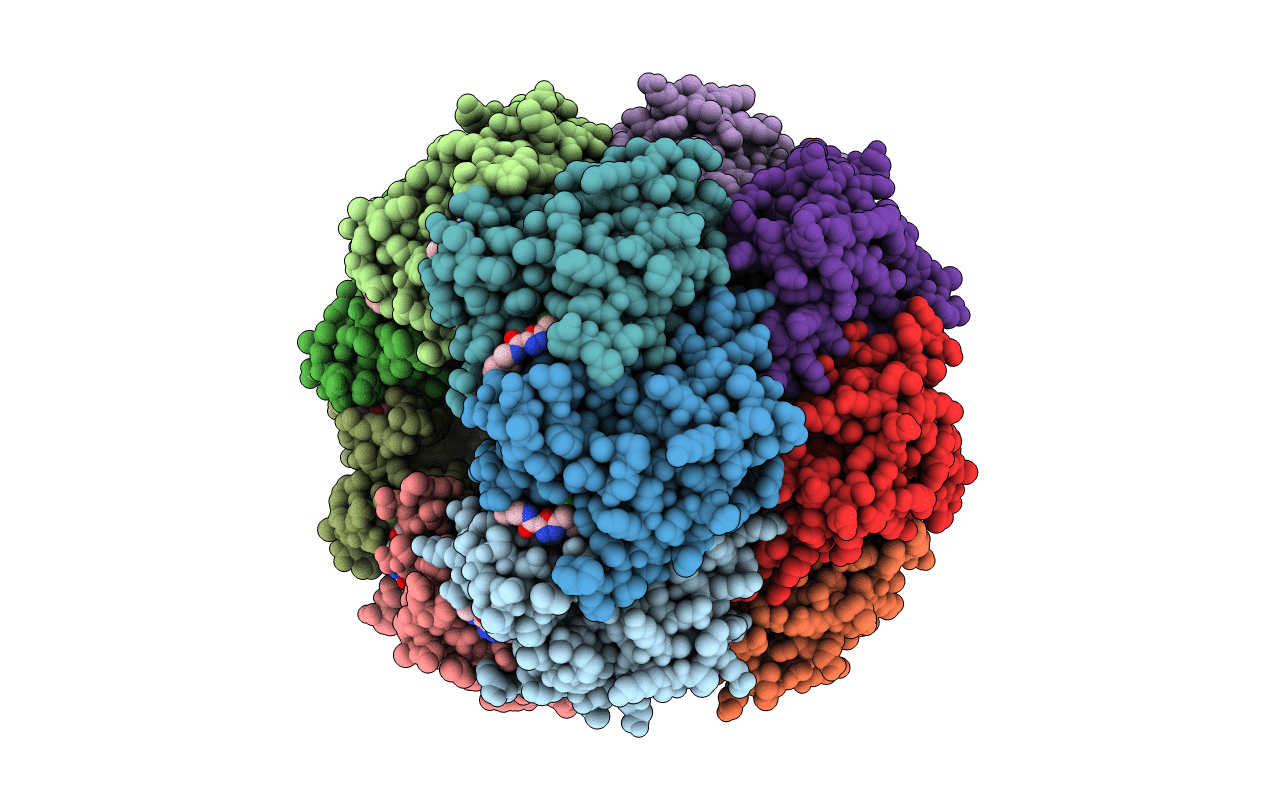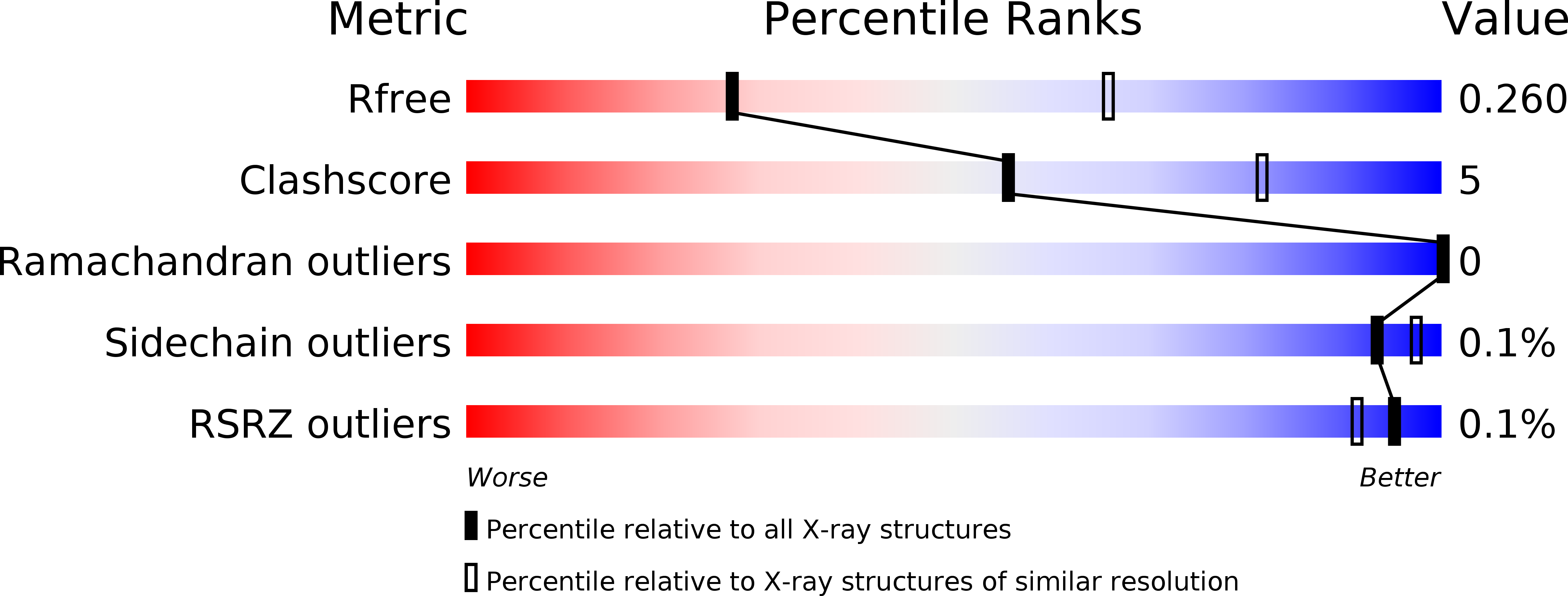
Deposition Date
2018-07-13
Release Date
2018-08-29
Last Version Date
2024-05-15
Entry Detail
PDB ID:
6H23
Keywords:
Title:
Crystal structure of the hClpP Y118A mutant with an activating small molecule
Biological Source:
Source Organism:
Homo sapiens (Taxon ID: 9606)
Host Organism:
Method Details:
Experimental Method:
Resolution:
3.09 Å
R-Value Free:
0.26
R-Value Work:
0.21
Space Group:
P 1 21 1


